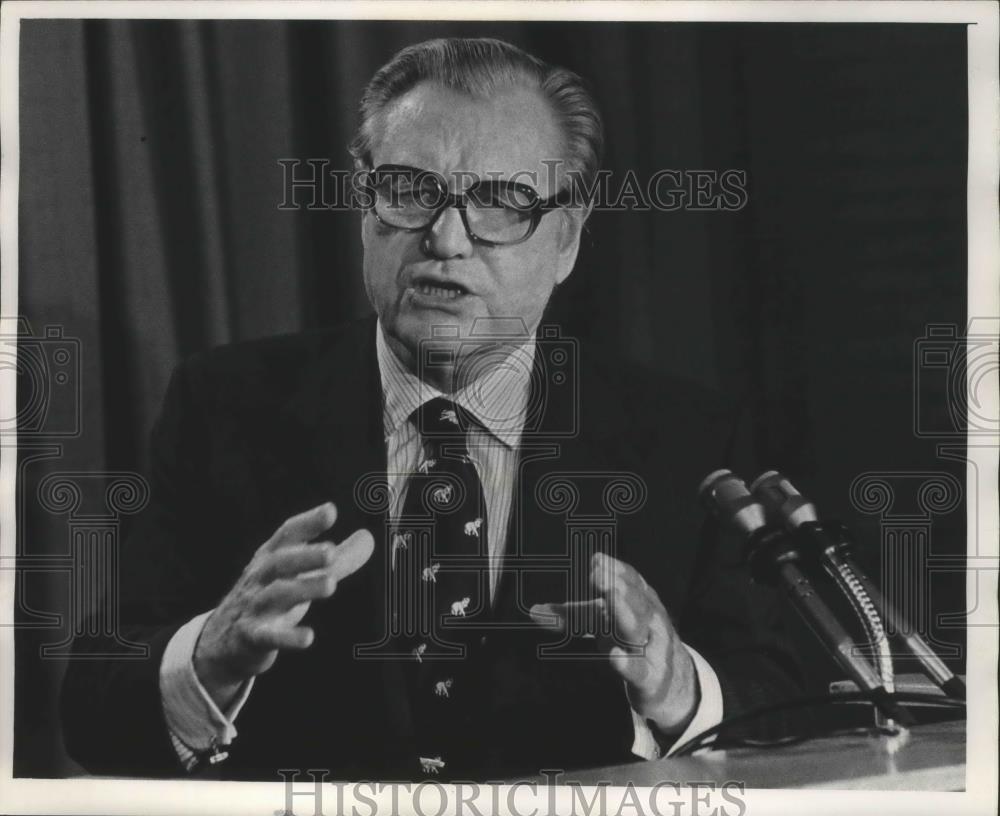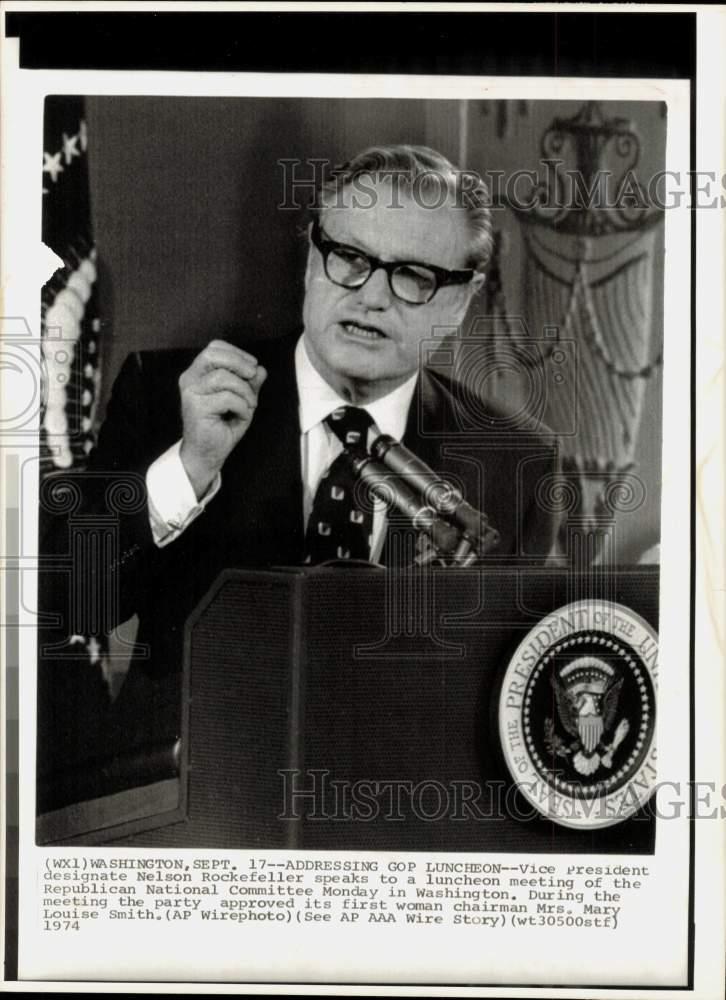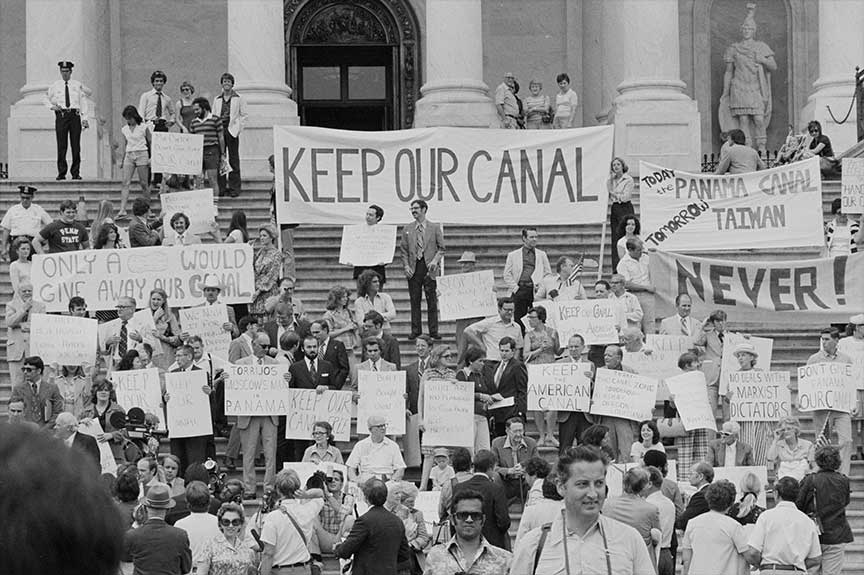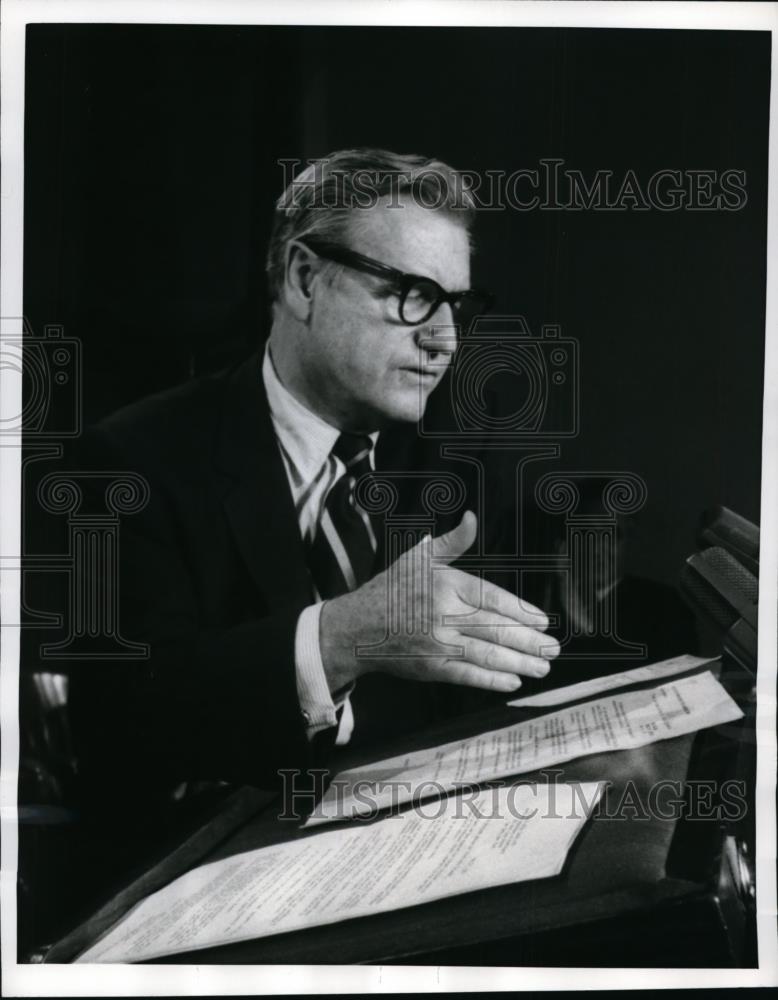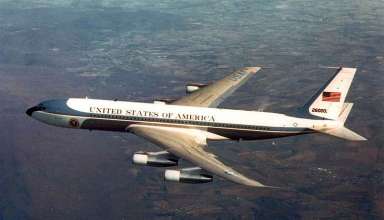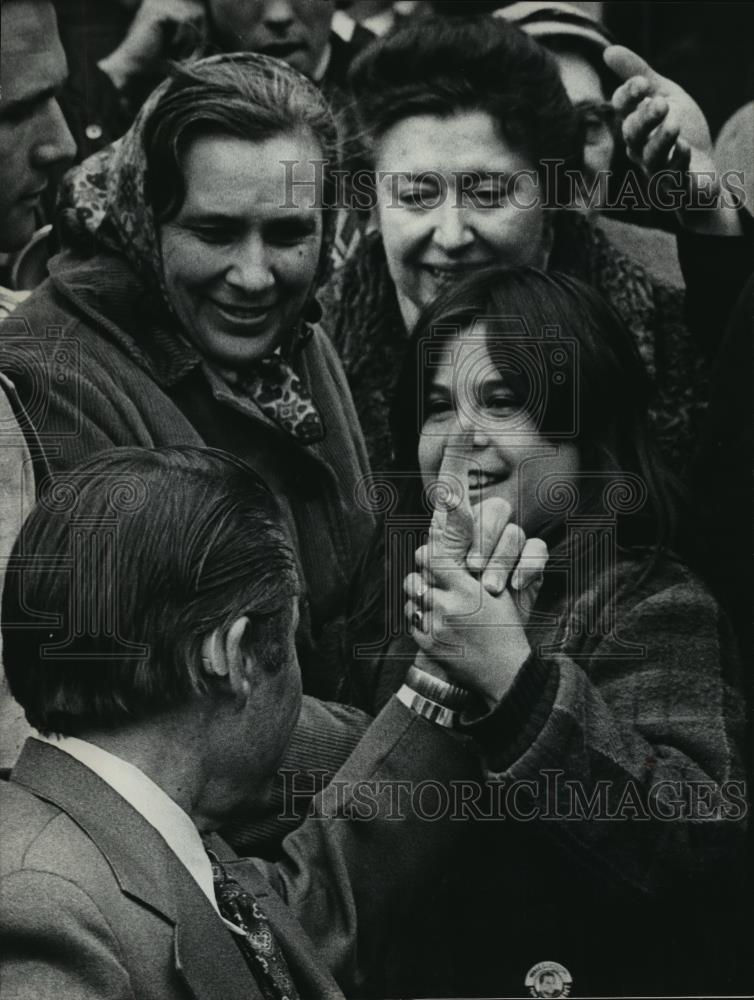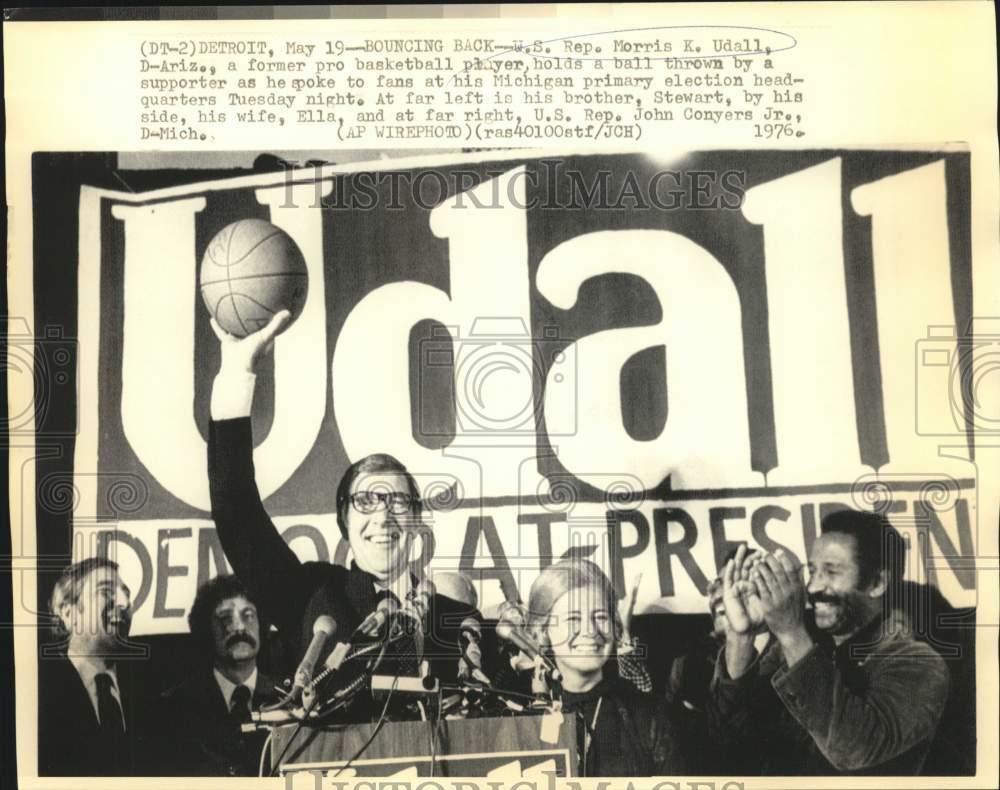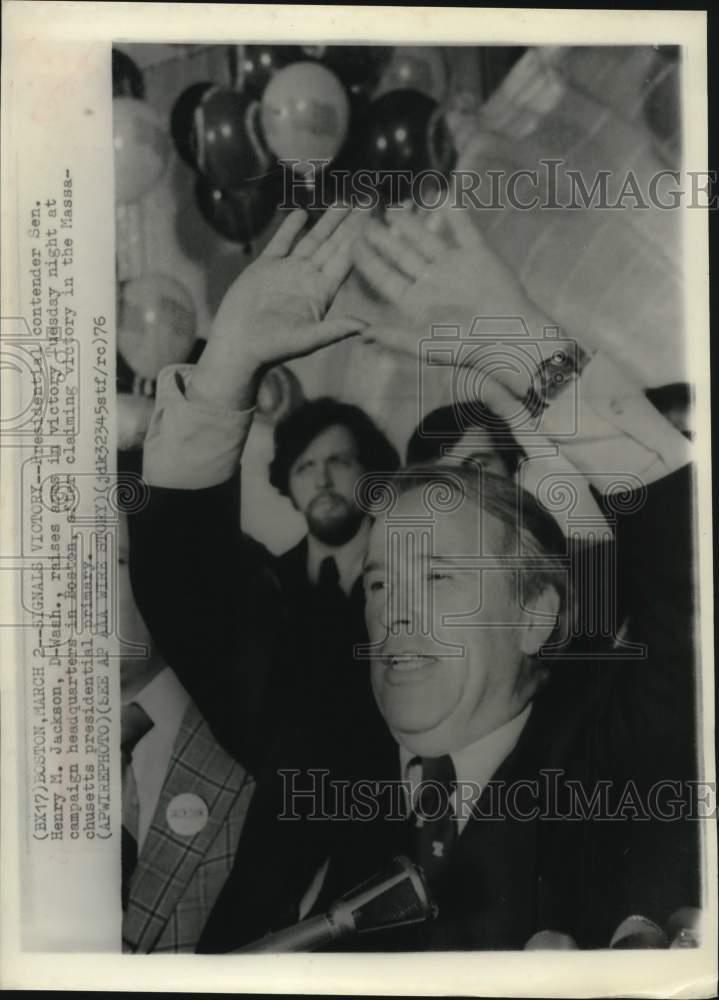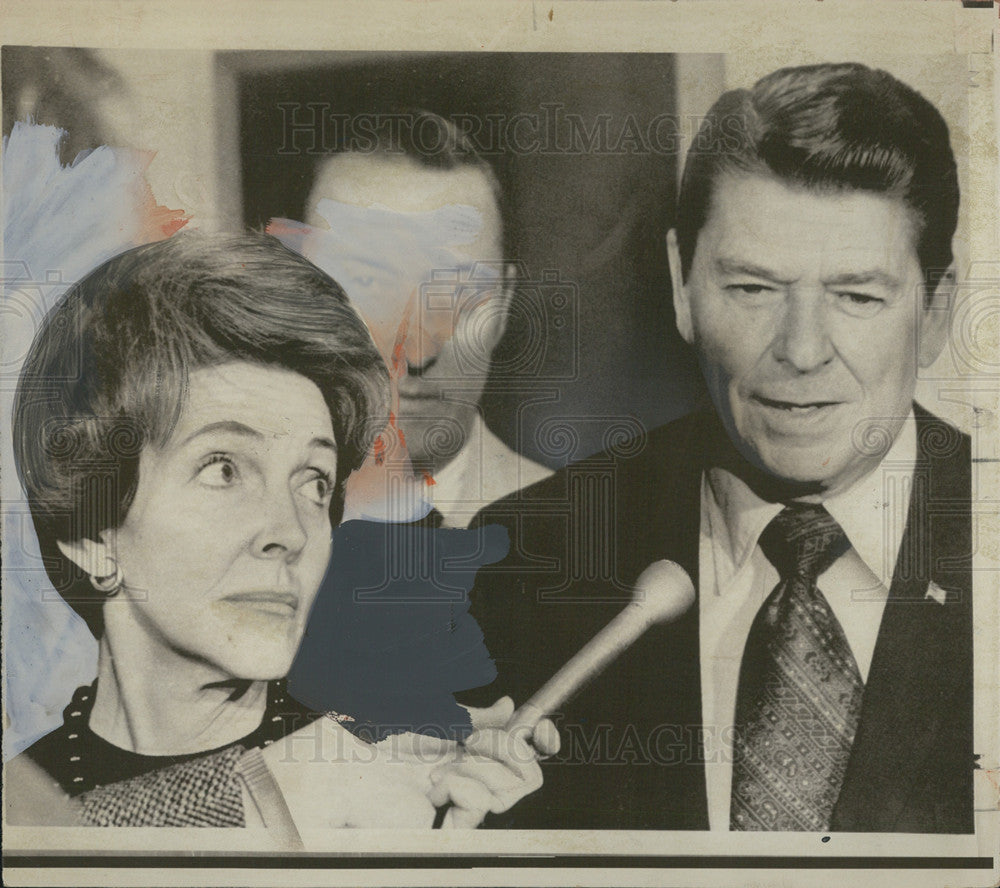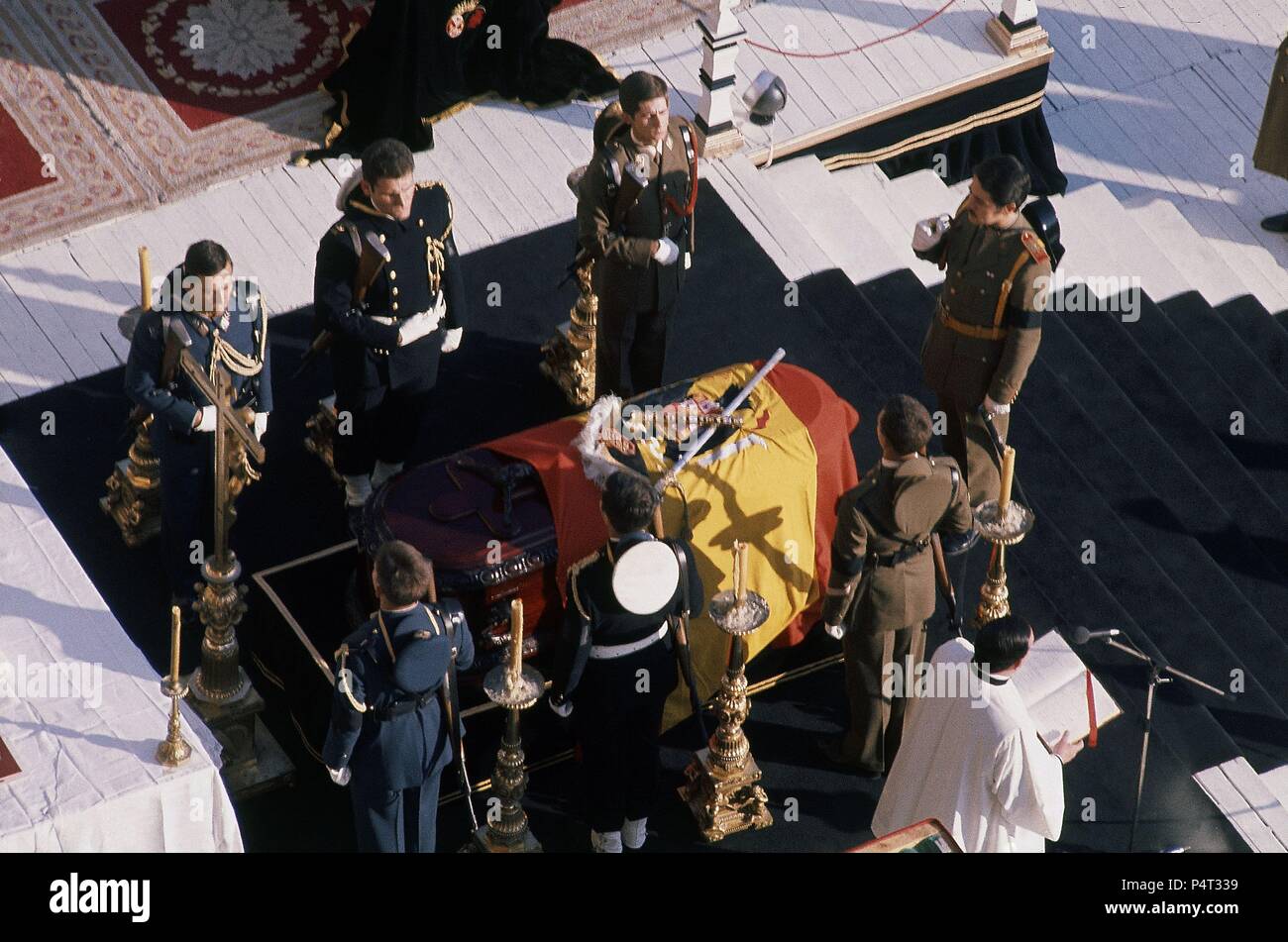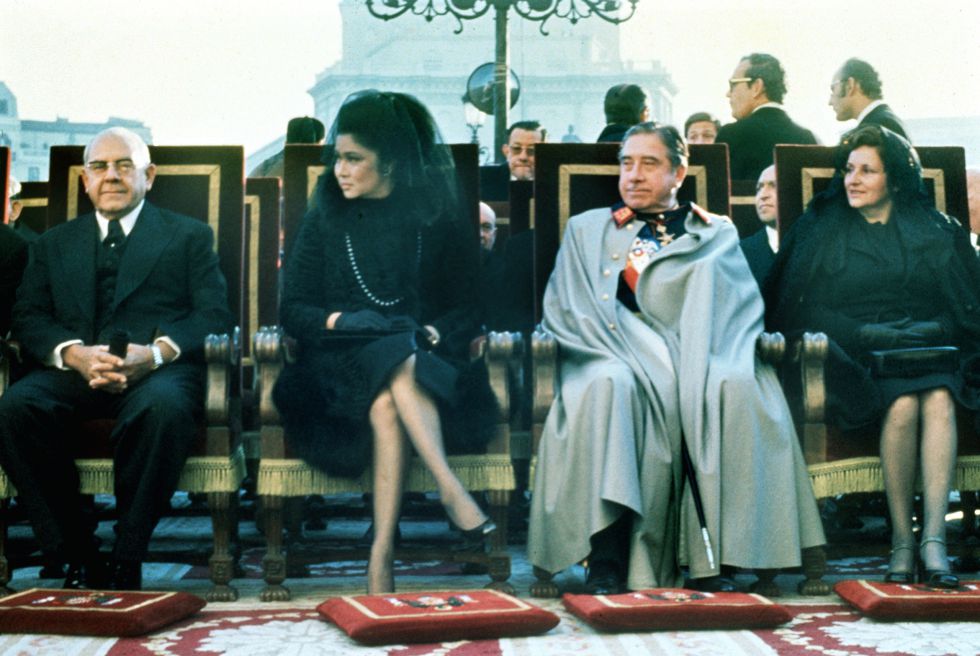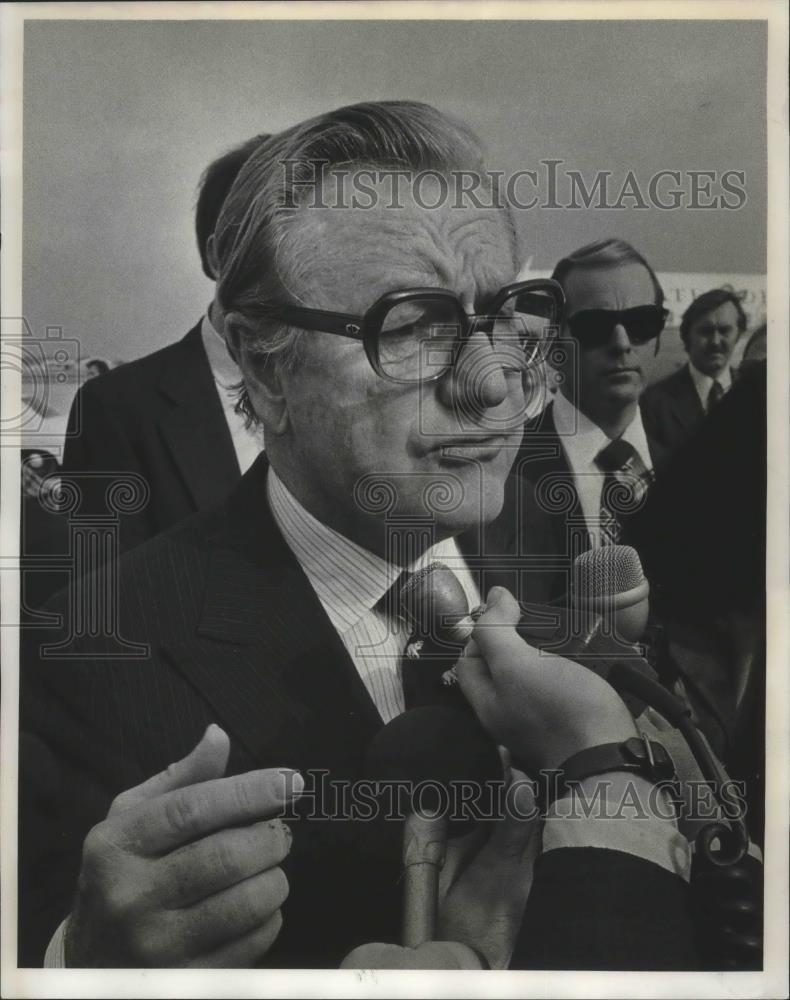BREAKING NEWS: HOLTON CONFIRMED BY US SENATE 81-16; SWORN INTO OFFICE AS 42ND VICE PRESIDENT
Monday, October 20, 1975
US Senate Chambers, US Capitol
Washington, DC
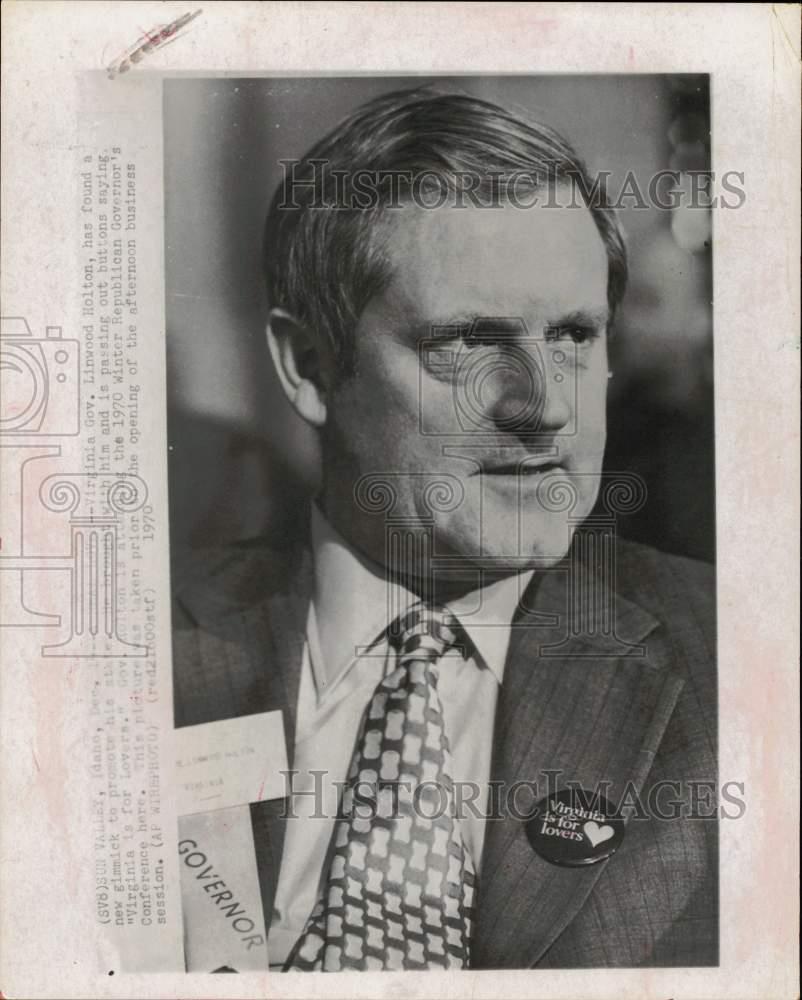
*The Democratic-controlled United States Senate voted 81-16 to confirm former US Assistant Secretary of State for Legislative Affairs and former Virginia Governor Linwood Holton as the 42nd Vice President. Previously on October 16th: The Democratic-controlled US House of Representatives voted by a vote of 287-128.Monday, October 20, 1975
US Senate Chambers, US Capitol
Washington, DC

Soon after the Senate confirmed Holton, he was sworn into office by US Supreme Court Associate Justice Thurgood Marshall inside the Senate chambers later that evening on national television and delivered his inaugural address. Among those in attendance was President Rockefeller, who breathed a sigh of relief.
Holton confirmed he and his family will be moving into the Number One Observatory Circle.

